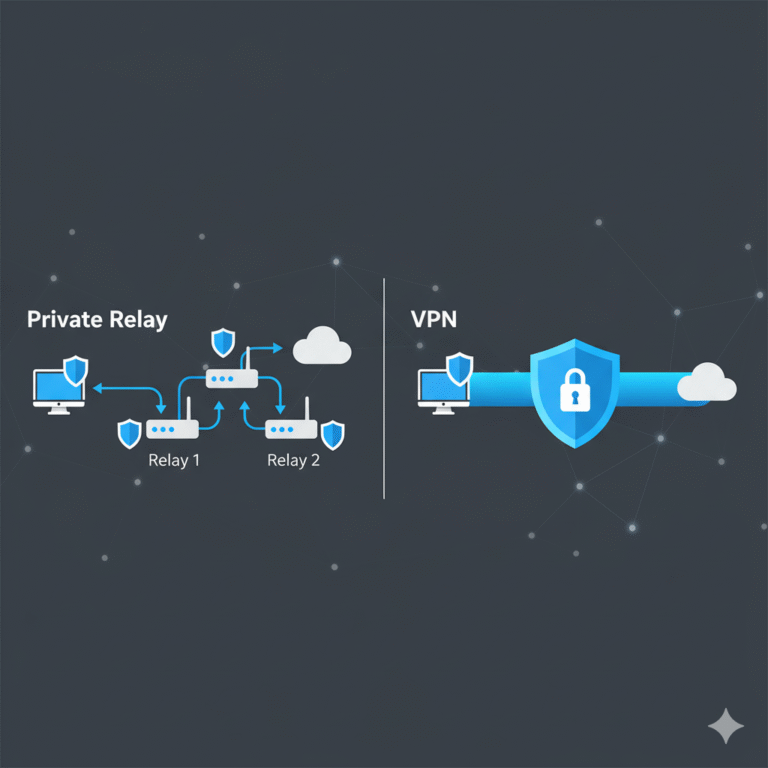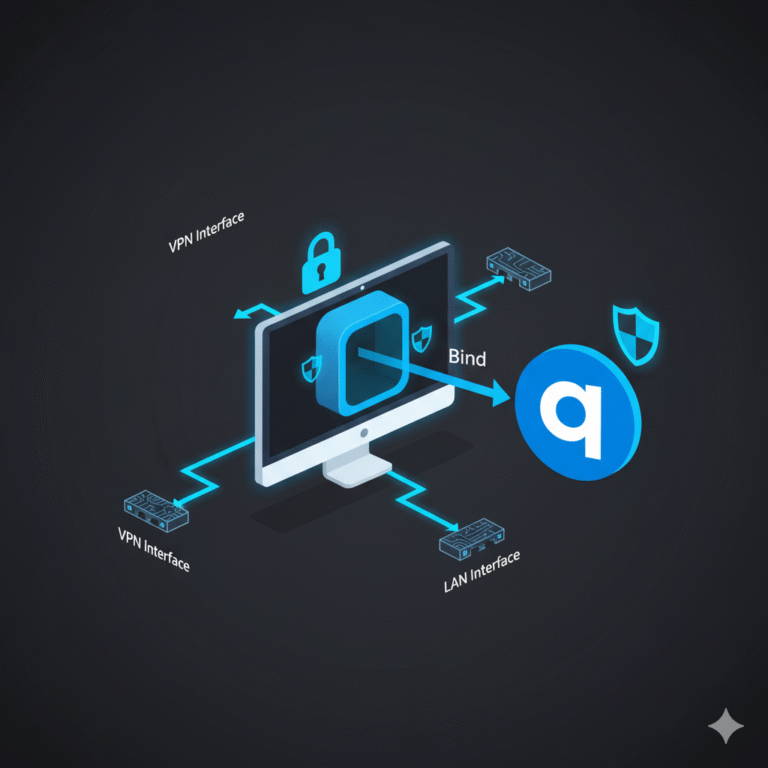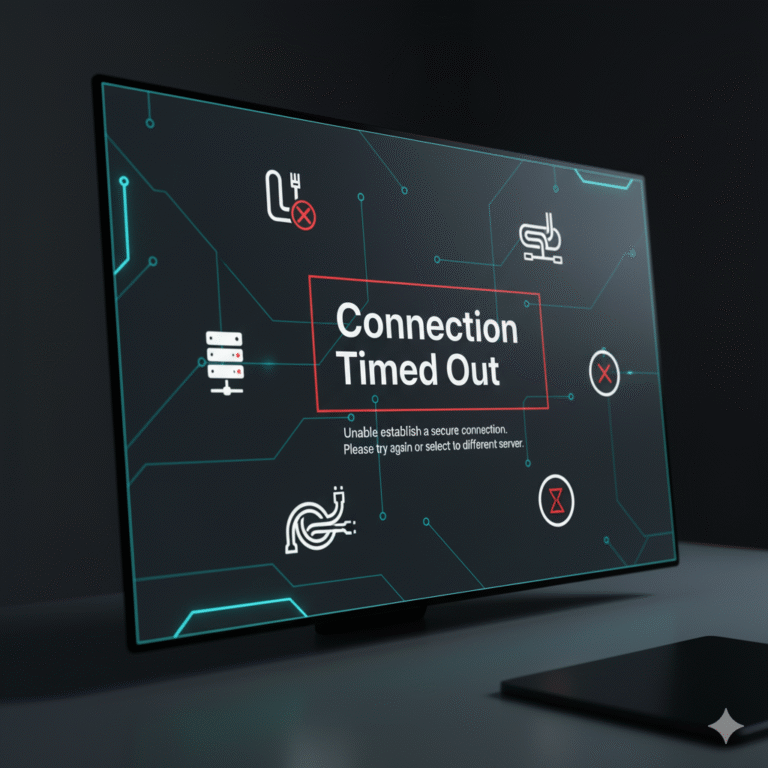If you’re wondering how to get a vpn, this guide breaks down every step — from choosing a secure provider to configuring it across different devices. Understanding how to get a vpn properly ensures your privacy, data security, and freedom to browse the web without restrictions.
What is a VPN and why should I get one?
A VPN (Virtual Private Network) encrypts your internet traffic and routes it through a secure server, hiding your real IP address and location. This makes it difficult for ISPs, hackers, or government entities to monitor your online activity. A detailed overview of VPN technology and benefits can be found in What is a VPN: Definition, Benefits & Uses (source: Wikipedia).
VPNs are crucial for:
- Privacy protection: Prevents third parties from tracking your browsing.
- Data security: Protects information on public Wi-Fi.
- Bypassing geo-restrictions: Grants access to region-locked content such as streaming platforms or blocked websites.
- Avoiding throttling: Stops ISPs from limiting your bandwidth.
How do I choose the right VPN before I get it?
Before learning how to get a vpn, selecting a reliable provider is the most important step. The best VPNs combine speed, transparency, and proven security.
Key evaluation factors
- No-logs policy & audits – Confirm that the provider has undergone third-party security audits.
- Speed & reliability – The number of servers and geographic coverage affect connection quality.
- Protocol options – Look for modern protocols like WireGuard or OpenVPN (source: IETF RFC 5280).
- Jurisdiction – Favor providers outside intrusive data-sharing alliances.
- Device support – Ensure compatibility with Windows, macOS, iOS, Android, and routers.
For a detailed comparison of performance and privacy policies, see AirVPN vs NordVPN — AirVPN vs NordVPN: Which VPN Offers Better Security & Speed? and NordVPN Review: Top Features & Performance in 2025. Both analyses highlight how server count, encryption, and jurisdiction impact real-world use.
Once chosen, how to get a VPN on your devices?
Most VPNs provide native apps for all major operating systems. Here’s the standard setup process followed by the top-ranking guides on “how to get a vpn”:
On Windows or macOS
- Visit your VPN provider’s website and download the official desktop app.
- Install and sign in using your credentials.
- Select a nearby server for optimal speed.
- Activate the Kill Switch and Auto-connect features to enhance safety.
For example, ExpressVPN Review – Tested in 2025: Speed, Privacy & Ease details how easy it is to install and start protecting your connection in minutes.
On Android or iOS
- Go to Google Play or the App Store.
- Search for your VPN provider (e.g., NordVPN, ProtonVPN, or ExpressVPN).
- Download and open the app.
- Choose a location and connect — that’s it.
Mobile-friendly VPNs simplify on-the-go protection. For those who want to explore other mobile privacy methods, see How to Change TikTok Region with VPN – Easy Step-by-Step.
How to get a VPN on routers or unsupported devices
Some smart TVs, consoles, and IoT devices don’t support VPN apps directly. In these cases, you can:
- Install the VPN on your router — it encrypts all network traffic automatically.
- Use Smart DNS — useful for streaming but doesn’t encrypt data.
- Set up a virtual router on your computer — share the VPN connection via Wi-Fi.
If you’re using advanced configurations, check out what is a vpn concentrator: Secure Multi-Tunnel VPN Device for deeper insights into enterprise-grade VPN setups.
How to verify your VPN is working
After connecting, confirm that your VPN protects you effectively:
- Visit whatismyip.com and check if your IP reflects the VPN location.
- Run DNS leak tests using sites like dnsleaktest.com.
- Disconnect and reconnect to test for Kill Switch reliability.
Performance verification is crucial. If your connection seems slower than expected, review Does Using a VPN Help with Ping? Find Out Now for optimization tips.
Constraints and performance:
- Technical constraints: Some routers lack firmware support for VPNs, requiring OpenWRT or DD-WRT installations.
- Performance caveats: Long-distance servers may increase latency and reduce throughput. VPN encryption adds CPU load on low-power devices.
- Pragmatic guidance: Select servers near your location, use wired connections for testing, and benchmark different protocols for balanced speed and security.
What risks and challenges should I be aware of?
While learning how to get a vpn, remember that not all services are trustworthy.
- Free VPNs often collect and sell user data, undermining privacy (source: TechRadar).
- Legal considerations: Some countries limit VPN use — read local laws before connecting.
- False sense of anonymity: VPNs hide your IP but can’t protect against browser fingerprinting or tracking cookies.
For context on legality, see is vpn legal in china – What You Must Know (2025).
How can I troubleshoot common VPN issues?
Even after learning how to get a vpn, users often encounter connection drops, login failures, or speed throttling. Troubleshooting these problems efficiently ensures consistent protection.
Common issues and solutions
- Slow speed: Switch to a server closer to your physical location or test different protocols like WireGuard or IKEv2. Some VPNs throttle heavy traffic; check for built-in split tunneling to optimize performance.
- Connection failure: If the VPN won’t connect, verify that your firewall or antivirus isn’t blocking it. Restart the router and retry.
- Frequent disconnects: Activate the Kill Switch feature, or change the protocol. This prevents traffic leaks during temporary drops.
- Website blocking or CAPTCHAs: Some websites detect VPN IPs. Try switching servers or using obfuscation features.
For detailed solutions, the article Why Does Weave Not Work When VPN Is On – Fix Guide offers practical insights on handling network conflicts and DNS problems when connected to a VPN.
What advanced configurations can improve VPN performance?
Experienced users and IT professionals can extend VPN capabilities through advanced setups.
Split tunneling
Split tunneling allows you to send only specific traffic through the VPN, reducing latency and improving speed. For example, you might encrypt only sensitive apps while streaming others directly.
Multi-hop VPN connections
A multi-hop configuration routes your traffic through multiple VPN servers, adding layers of encryption and anonymity. While this increases privacy, it may reduce speed slightly.
Dedicated IPs and static servers
A dedicated IP is beneficial for remote work or platforms that block shared VPN IPs. Some providers offer static IP options with consistent geolocation results.
Integration with torrent clients
For those who torrent safely, binding a client to the VPN network interface is essential. You can follow how to bind qbittorrent to vpn for secure torrenting to prevent leaks if your connection drops.
Testing methodology:
Evaluate VPN performance by testing latency, download speed, and stability across multiple servers. Use standardized benchmarking tools like Ookla Speedtest or command-line utilities (source: TechRadar).
Can a VPN work alongside other security tools?
Yes, VPNs complement but do not replace firewalls, antivirus programs, or DNS encryption tools. For example, technologies such as DNSCrypt and encrypted DNS can coexist with VPNs to strengthen privacy. Explore Is DNSCrypt an Alternative to VPN? Explained Simply for technical distinctions between these protocols.
Pairing VPNs with multi-factor authentication, password managers, and secure DNS adds redundancy. However, avoid double-encryption overlaps that could reduce speed without improving security.
What are the legal and ethical considerations?
Understanding local and international regulations is part of responsible VPN use.
- Regional restrictions: Some countries (e.g., China, UAE) regulate or ban VPN use. Learn more in is vpn legal in china – What You Must Know (2025).
- Corporate use: Companies using VPN concentrators or site-to-site VPNs must comply with security audits and local data protection laws.
- Ethical use: Avoid illegal streaming, content piracy, or cyber-attacks under VPN cover—such activities remain traceable through metadata and legal channels.
VPNs are privacy tools, not anonymity guarantees. For additional insights into VPN network types, review a point to point vpn is also known as a site-to-site VPN.
How can I maximize VPN benefits daily?
Here are practical strategies for everyday VPN efficiency:
- Auto-connect on startup to ensure continuous protection.
- Rotate servers to maintain performance and avoid IP blacklisting.
- Monitor server load within your app — lightly loaded servers yield better speeds.
- Test different protocols: OpenVPN UDP is faster; TCP is more stable.
- Stay updated: VPN providers release patches frequently to fix vulnerabilities.
If you’re considering reliable providers, read ProtonVPN review: Tested in 2025 – Privacy, Speed, Free Plan or Surfshark review 2025 – Fast, Secure & Unlimited Devices? for performance comparisons and privacy audit results.
How to integrate VPN usage with your daily workflow?
VPN integration should not interfere with work productivity. Set up VPN exceptions for services that don’t require encryption (e.g., local intranet). Use separate profiles — one for streaming, another for work or research. For business continuity, deploying centralized VPN concentrators can simplify management.
Constraints and performance:
- Regional variance: VPN server availability and latency differ by continent.
- Device constraints: Older hardware may struggle with AES-256 encryption loads.
- Interpretation guidance: Benchmark each device independently; don’t assume one configuration fits all.
Conclusion
Learning how to get a vpn is more than a one-time setup—it’s about maintaining security awareness. By selecting a trustworthy provider, understanding its technical boundaries, and optimizing performance, users can secure their data, unlock global access, and browse with confidence.
FAQ
What is the easiest way to get a VPN?
The simplest method is to download a reputable VPN app directly from its official website or app store, such as NordVPN or ExpressVPN. After installation, sign in, choose a server location, and click “Connect.” The entire process usually takes less than five minutes.
Can I get a VPN for free?
Yes, but free VPNs come with significant trade-offs. They often limit bandwidth, log user data, or inject ads into your browsing. For long-term privacy and stable speeds, a premium provider is far more reliable. Learn why by reading AirVPN vs NordVPN: Which VPN Offers Better Security & Speed?.
Is it legal to get a VPN in my country?
In most countries, VPNs are completely legal. However, certain regions—like China, Russia, and Iran—restrict or regulate VPN use. You can check local regulations in is vpn legal in china – What You Must Know (2025). Always use VPNs responsibly, complying with your local laws.
How can I tell if my VPN is actually working?
To confirm your VPN is active:
- Visit whatismyip.com — your IP should match your VPN’s location.
- Run a DNS leak test at dnsleaktest.com.
- Temporarily disconnect to verify your true IP returns.
For advanced users, the Does VPN Work With Ethernet — Secure Wired VPN Usage guide provides detailed diagnostic tips.
Do I need a VPN on my phone too?
Yes. Mobile devices are equally exposed on public Wi-Fi and cellular networks. Using a VPN app on your smartphone encrypts your browsing and app data, shielding it from interception. Check What is VPN on iPhone – Secure Your iOS Online Privacy for iOS-specific setup guidance.
Will a VPN make my internet slower?
A slight speed drop is normal due to encryption overhead, but top providers like ProtonVPN review: Tested in 2025 – Privacy, Speed, Free Plan maintain excellent performance with minimal latency. Choosing nearby servers and modern protocols like WireGuard significantly improves speed.
Can I use a VPN for streaming or gaming?
Absolutely. VPNs bypass regional blocks and optimize routes to streaming or gaming servers. For example, you can learn how to watch jio cinema in usa without vpn – Easy Guide for streaming insights or cómo usar una vpn para gaming: Guía rápida y efectiva for gaming performance.
What’s the difference between a VPN and a proxy?
A proxy changes your visible IP address but doesn’t encrypt your data. A VPN, on the other hand, secures your entire internet connection with encryption. For a detailed comparison, see is ascaler vpn also a proxy server – Clear Insight.
Can I use a VPN on multiple devices?
Yes, most premium VPNs support simultaneous connections on 5–10 devices per subscription. Installing it on your router can also protect every device in your network. For multi-device setup instructions, read what is a vpn concentrator: Secure Multi-Tunnel VPN Device.
How often should I change VPN servers?
Switch servers if you notice slower speeds, access issues, or IP blocks. Regularly rotating servers helps maintain anonymity and ensures smooth access to global content.
How does a VPN affect my online security overall?
A VPN hides your IP address and encrypts your traffic, making it far harder for hackers, ISPs, or trackers to monitor you. However, it’s not a replacement for antivirus, firewalls, or good password hygiene. For a complete explanation of how these tools interact, read Is DNSCrypt an Alternative to VPN? Explained Simply.
Conclusion
Using this FAQ as a reference, you now know how to get a vpn, how to use it efficiently, and how to troubleshoot common issues. When applied correctly, a VPN becomes a cornerstone of your online security, ensuring privacy, freedom, and peace of mind in every connection.



